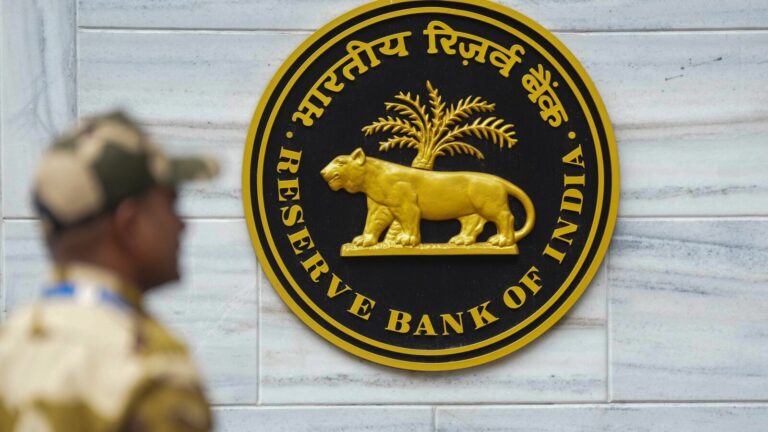This move is likely to foster innovation and nudge stronger banks to adopt best global practices even as they work on a best-fit model to serve corporate clients along their entire financial life-cycle. It is rather surprising that the M&A sphere was not open to public sector banks earlier.
RBI’s draft circular outlines guard-rails for acquisition finance by banks to listed Indian corporates for acquiring equity stakes in domestic or foreign companies as strategic investments: it limits such exposures to 10% of a bank’s Tier 1 capital, with funding for each deal capped at 70% of the acquisition value, and prescribes robust eligibility, security, margin, monitoring and disclosure norms as mandatory safeguards.
In principle, M&As let firms grow inorganically by acquiring companies that offer complementary business opportunities. M&A benefits can range from product diversification and supply chain de-risking to forward or backward integration, among others. Mergers can also be justified on the grounds of creating economies of scale, so that the newly combined entity has lower average costs.
While the economic rationale of M&As is well laid out, divergences exist in how the acquirer must finance the acquisition of its target. M&A activity can be financed using a range of methods from cash deals to debt financing and the use of equity as a currency. Further, the level of cash available with the acquirer and time involved could determine the success of a merger.
Indian corporates are sitting on cash worth more than ₹10 trillion, which makes this a favourable moment to give this market a boost. The Indian corporate landscape boasts of over 2.8 million registered companies. Of these, only 7,500-odd are listed.
While M&As between two non-listed companies are governed by bilateral negotiations, in the case of listed companies, the procedure is well laid out by Securities and Exchange Board of India (Sebi) rules, which state that an acquirer (including persons acting in concert) must publicly make an open offer to acquire shares from the public if its (or their) acquisition of shares or voting rights in a listed company reaches or exceeds 25%. Sebi’s takeover rules are designed to protect the interests of minority shareholders by ensuring transparency and fairness in such transactions.
RBI’s draft circular now offers direction on bank financing of M&As for listed entities. This start will have two advantages. First, both the market and a bank looking to finance such a deal would now benefit from the signals of price movements. Second, since listed entities are mostly rated, a rating agency’s view will help in making assessments.
From a macroeconomic perspective too, the move will be beneficial. Foreign entities funding M&A activity in India by giving dollar loans adds to our external debt. If Indian banks participate in this space, it will help check the build-up of external debt and reduce vulnerability on that front.
Based on India’s M&A market for deal ticket sizes of ₹2,000 crore and above, the overall debt requirement is estimated at ₹4 trillion. Banks will not fund all of it. At a 30% estimated potential, debt financed by banks for M&As will work out to ₹1.2 trillion. This is very small, given the size of our banking system and the risk buffers in use. The current strength of banks permits this amount of risk without compromising financial stability.
Concerns over the financing of M&As by Indian banks, as raised in certain circles, are based on unsubstantiated assumptions. An activity that is already permitted for non-Indian banks cannot be blocked just because it involves complex financial engineering, as that amounts to questioning the abilities of such banks.
An M&A restriction echoes the Development Finance Institution model of the late 1990s, when entities like IDBI, IFCI and ICICIs had the exclusive privilege of term financing. Indian banks did not lack the expertise for it, but were busy fulfilling the working capital needs of corporate India. Likewise, banks have been kept out of M&As, but have the wherewithal for it.
Companies are being registered at a breakneck speed in India; nearly 180,000 companies have been incorporated annually in recent years. We have about 160,000 startups, with a sizeable number of ‘soonicorns’ and ‘minicorns’ scaling up. Private equity as well as venture capital deals have been high after the pandemic.
Family-owned businesses have been opening up their boardrooms. Mature Indian startups have been moving their headquarters onshore from Singapore, Dubai and the US. Private investors have been exiting startups with shares being listed for new investors to replace them, often with valuation gains.
With many sectors poised for consolidation, we can expect deal volumes and value to rise sharply. Thus, opening the M&A space to Indian banks could lend the corporate sector added dynamism.
State-backed lenders in China, Germany, Brazil and South Korea support domestic and outbound M&As. India’s top banks today have the balance sheet heft, reach and risk management resilience to underwrite complex and large M&As. RBI’s move, therefore, is both timely and pragmatic.
These are the author’s personal views.
The author is a part-time member of the 16th Finance Commission and PMEAC, and group chief economic advisor, State Bank of India.
Images are for reference only.Images and contents gathered automatic from google or 3rd party sources.All rights on the images and contents are with their legal original owners.

